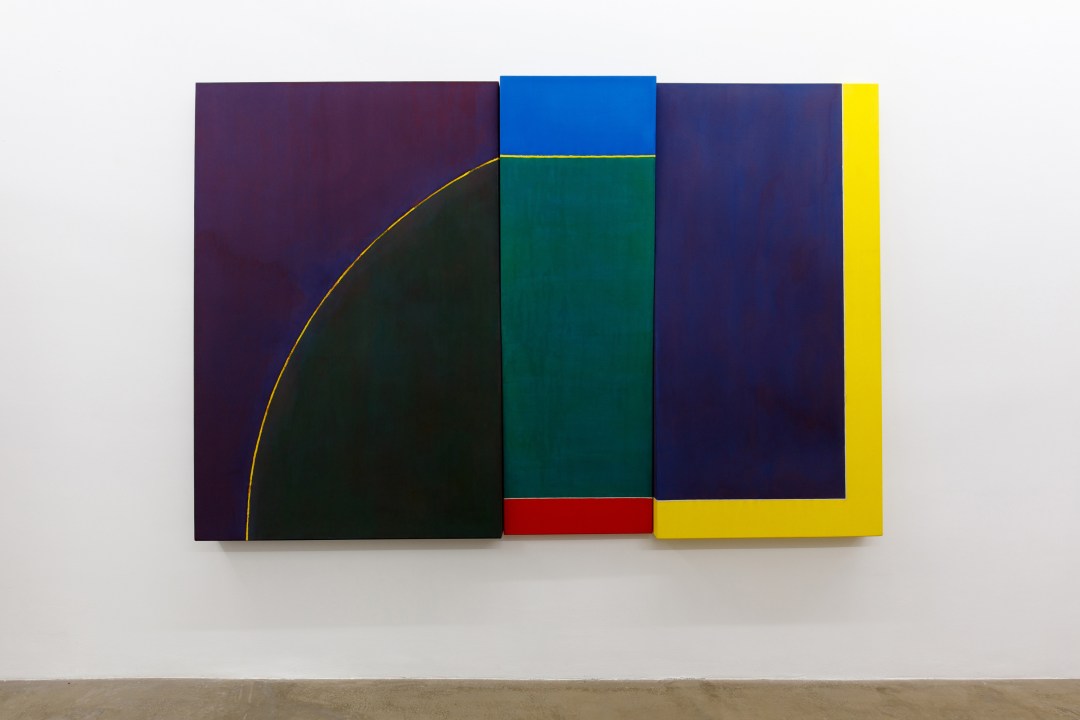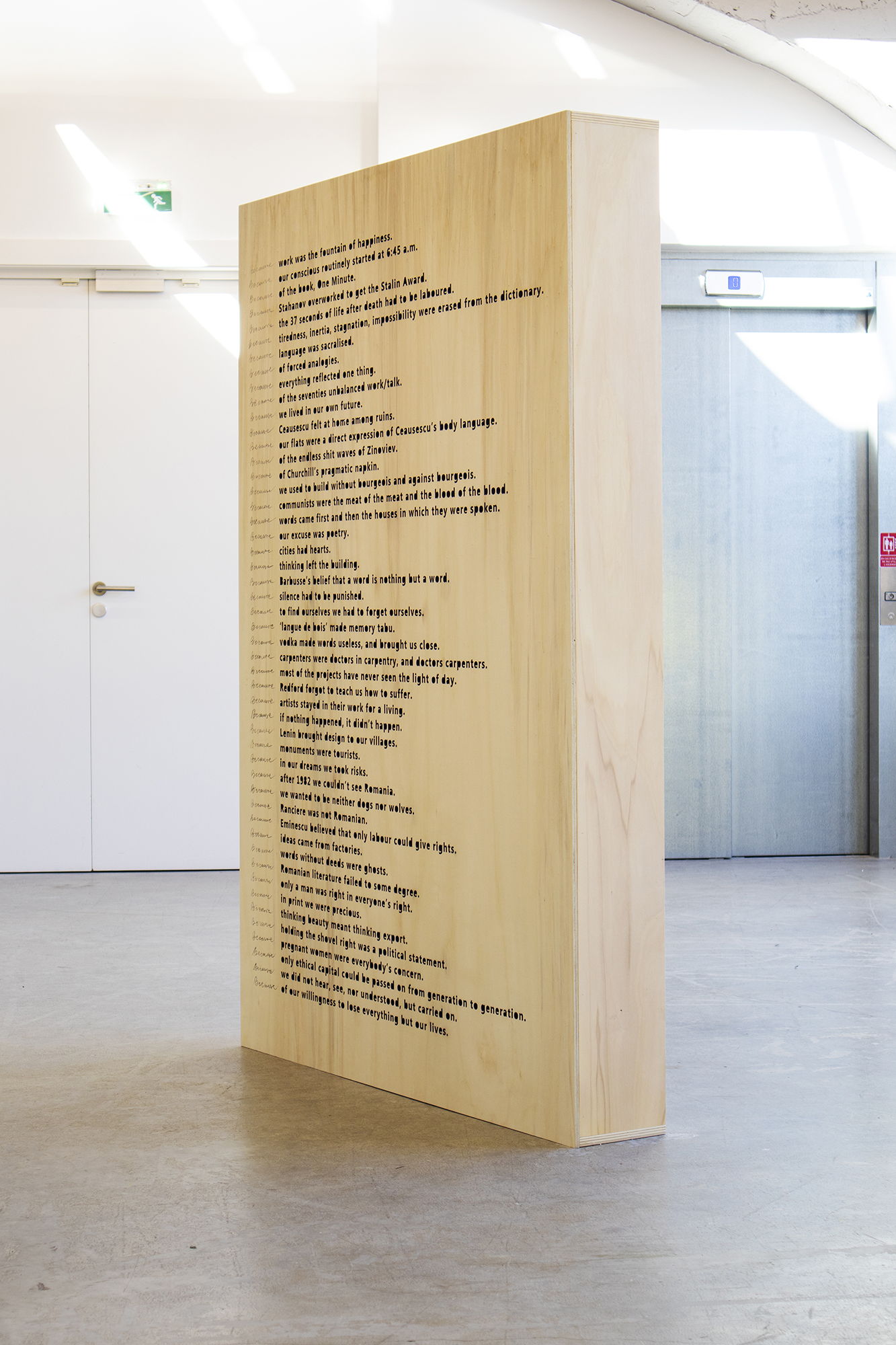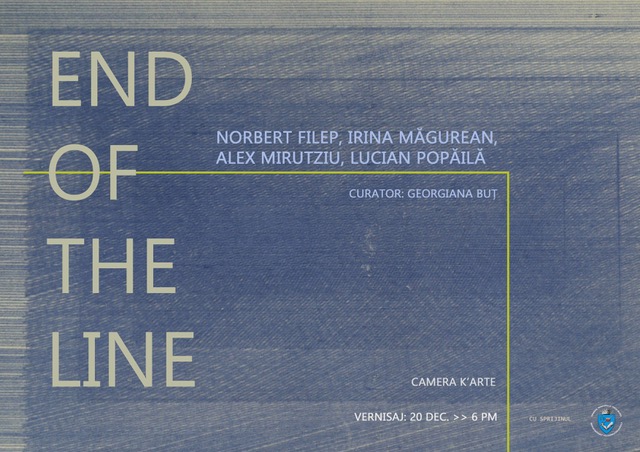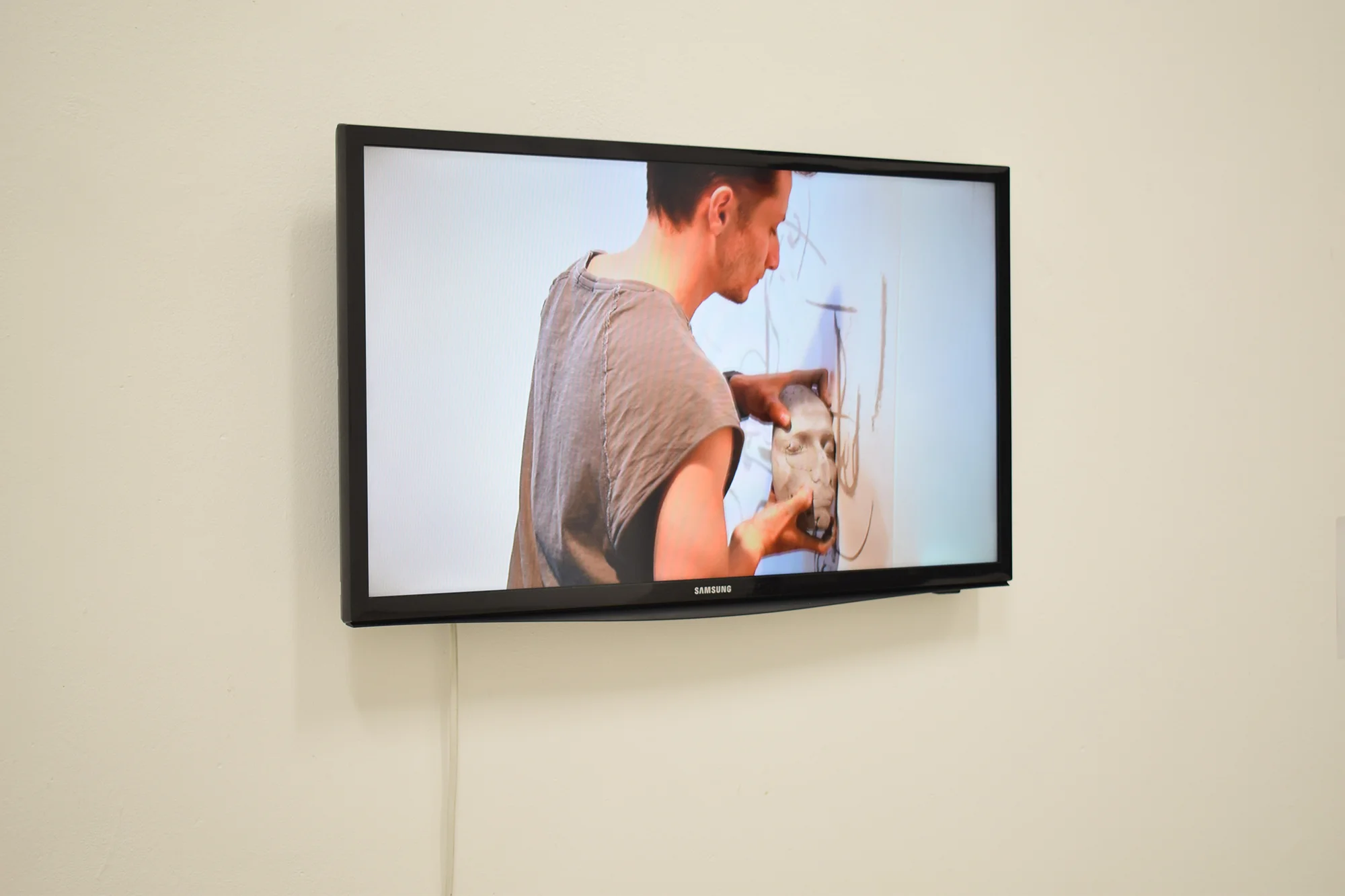In times of a too fast art radar, in times of decreasing attention span and beat-skipping art market an easy stand of what makes and breaks can be a killer. My suggestions will give you at least for a while a break as you deserve it, I’m sure. Keep your head cool and track what these four artists based in Cluj-Napoca, Romania have in store for now but most importantly for the future.
FLAVIU ROGOJAN
Flaviu Rogojan cuts through the noise in the artistic community he is a part off, instrumenting technological means, from pencil to camera, analogue/digital computer games (GTA-Grand Theft Auto) an ethos which sets him apart in Cluj where he is currently based. We have to admit that when we look at his work we are viewing a technology-mediated portrayal of his thoughts and like Alan Hollinghurst, Flaviu is more excited by the idea of a place than the place itself. This is a modus operandi he uses as a curator for Aici/Acolo (Here/There), a pop-up gallery unique in Cluj. What he is getting at in his works has to do with ‘hidden-spaces’, ‘noise-tunnels’, loopholes, easy to imagine but impossible to access. He does the work for us, generating data, easy access codes (cheat-codes), makes alterations to existent HTML parameters allowing a novice access to these realities. One of them is the so-called ‘blue hell’ from a curated playlist of video anomalies shown in “From Within”, solo show at Pilot project space at Paintbrush Factory, where one of the game characters can break through walls, dive into an endless blue void, an error or breach in the game which unsettles the game’s own trajectory. Worth mentioning is “Tamagotchi life support” from the show De Rerum Natura at Natural Science Museum in Arad (2018), where Flaviu developed coded sequences to independently maintain into ‘existence’ a digital pet, housed in a small egg-shaped computer. The small robots feed it, play with it, take it to the doctor etc. The striking thing is that this device was glass caged along with stuffed birds and their habitat, performing a possible link in the overall evolution on the earth. A technology that in the end fails, part of Flaviu’s intention, but in its failing makes our understanding of the ‘pet’ and the supporting technology more human.
NORBERT COSTIN
The artist seems to navigate off the radar, pulling you into his work as long as there is a commitment to his subjective time. Norbert’s strength is almost synonymous to silence, a slow rendering of the surface of the work. And it is in this episodic silence that he is most potent. In An Expression of Time I, II, he directs our attention to the back of a silhouette facing the horizon at two visually distinct parts of the day. At first glance, we truly believe that that’s the case. After a second or third reading of the work, helped by inbuilt hints we start to peel off the layers to reveal the actual photographic process as the main character, the tool which generated such an appearance of day and night, hence of passing of time. In doing so he makes our mind recognise its power to imagine what is there and not there, hidden in plain sight. In Glacier (Equilibrium Line Altitude) he again de-tours our attention leaving the viewer in an antechamber, a place of incipient problem-solving. A Nordic phenomenon of managing cascading piles of snow, in the search to find its resting place takes centre stage solely by appearance. In the background, there are marks of indelible reality that cannot be escaped manifested in large scale marks of displaced chunks of ice, sharing their last breaths on paper, the final disappearing act of something we will not remember as being there in the first place.
OVIDIU LEUCE
When confronted with the works of Ovidiu Leuce I don’t care of what I feel, even though sometimes his works enact such possibility. Instead, I want to find out more. They tend to act as extensions of his thinking, moreover is views of who and where he is. What strikes me is that he thinks of himself as a painter, and fully articulates why so. When asked about his studies in Cluj and Italy he concludes that it was a time of great distress going from traditional training in painting to an experimental focused practice in Rome. Only that he stood firm with painting even though while in Rome he has overcome the canvas and traditional modes of using colour and photography. In “Notes on the melody of things”, a quote from Rilke whom he finds a bond, Ovidiu set’s off in another medium, this time ceramics, imbued with the use of moulds taken from ordinary objects from his surroundings. In a similar vein with Franz West and Nobel Prize winner for literature, Herta Muller, both major influences, he structures these mise-en-scenes with cut-outs, fragments from newspapers, imprints of textures new and old which are then incorporated into his clay objects. He has been looking at the notion of background and foreground in his most recent works questioning their power relation. In his recent collaborative performance at III Convivencias Cerámicas en Onda, Castellón, adjoined by a friend musician, Jósef Iszlai, Ovidiu sketched fragments of a composition of negative and positive spaces on a huge paper sheet on which a superimposed image of the actual wall, the resting place of the final work, eventually vanishes leaving the shapes suspended, historically extraterritorial.
RADU COMȘA
An artist whose longtime commitment to colour, harmony, surface sets him apart from his colleagues of the same generation. Given that, he entertains the idea of elaborate authorships, giving a voice to the onlooker, indirectly pulled into complex choreography of juxtapositions, and fine volumetric shapes, Comsa doesn’t make it easier for the public to stand-by his intellectual preoccupations. Nevertheless one finds a sense of distilled purity, a sense of proportion in shapes and surfaces which surpasses the tendency to overthink what takes place on the canvas. Instead, one is driven towards the sensuous qualities of his colour fields and their slow attachments on the canvas, or other textiles, layer over layer in an apparent brutal overlapping of pigments, which tend to reconcile in the eye of the viewer. Going back to the basic colours and to drawing in an attempt to make sense of his own physical proportion when exercising his works seems to be of interest, an approach which stems from the New York Avant-Garde of the 60’s —the notion that of the making and maybe even the meaning of a painting rests too on the biomechanics of the work’s own build-up, that space in between the artist and the surface. He mixes diluted pigments before-hand, delineating the composition with wax lines to avoid immediate contamination between colour fields, a process he calls synthetic. And if we think of his modus operandi as disputing nature not representing it, it makes sense in this aesthetic, softened by a comfortable scale, proportion and fair balance, which put to rest jolts of alienation and rejection.
Written by Alex Mirutziu
Alex Mirutziu is a Romanian artist who’s practice interrogates the process of how we create meaning to interpret the world around us. Inspired by philosophy, literature and design, he explores the inadequate use of objects, language and the body as tools of communication.





























